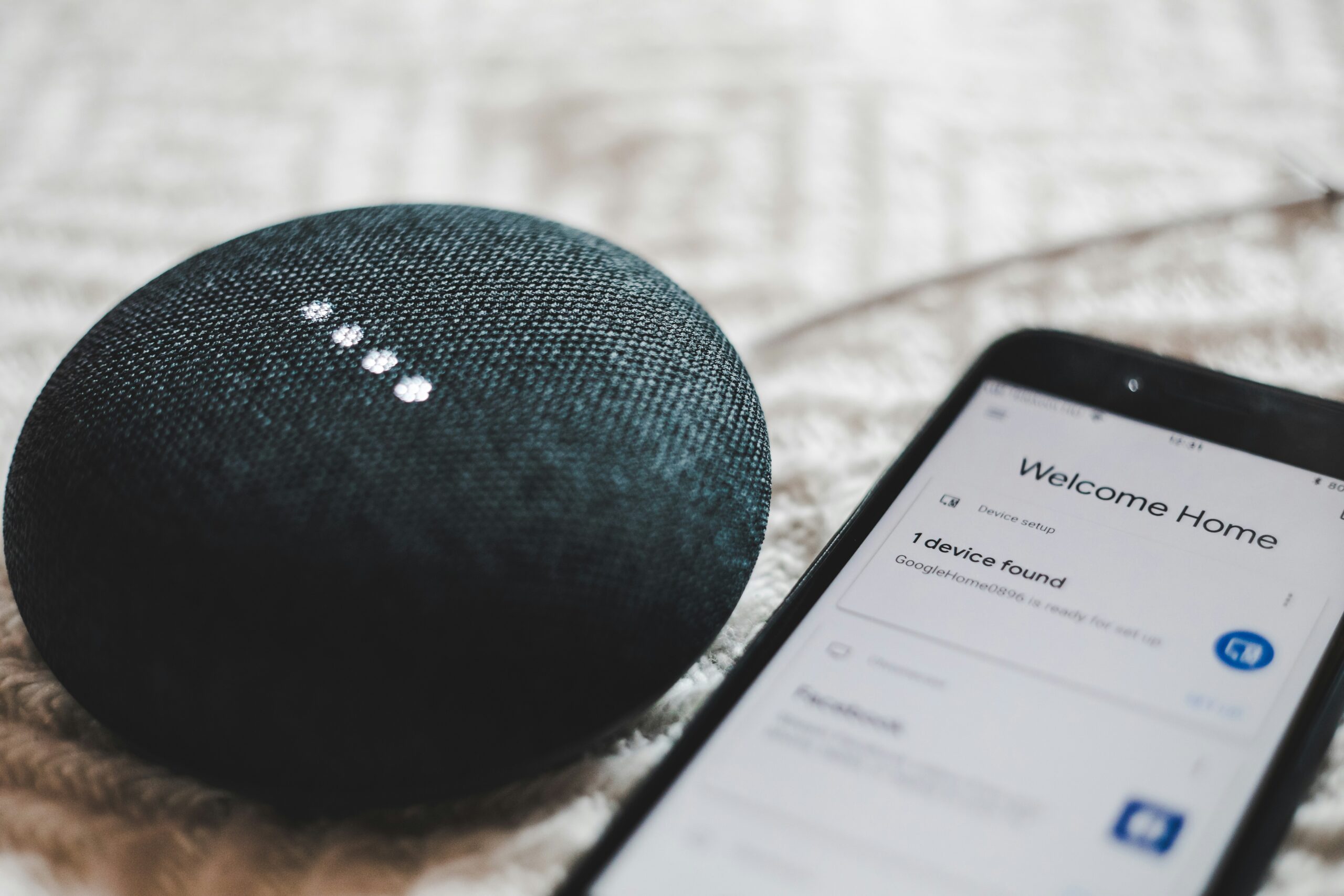Exploring the Benefits and Challenges of IoT Solutions for Smart Homes

Introduction
As technology continues to advance, the concept of a “smart home” has become increasingly popular. Smart homes are equipped with Internet of Things (IoT) devices that allow homeowners to control various aspects of their homes remotely. From lighting and temperature control to security systems and appliances, IoT solutions for smart homes offer convenience, efficiency, and enhanced security. In this blog post, we will explore the benefits and challenges of implementing IoT solutions for smart homes.
The Benefits of IoT Solutions for Smart Homes
1. Convenience: One of the primary benefits of IoT solutions for smart homes is the convenience they offer. With IoT devices, homeowners can control various aspects of their homes from anywhere in the world. Whether it’s adjusting the thermostat, turning on the lights, or even starting the coffee maker, IoT devices make it easy to manage your home with just a few taps on your smartphone.
2. Energy Efficiency: IoT solutions can help homeowners reduce their energy consumption and save money on utility bills. Smart thermostats, for example, can learn your heating and cooling preferences and automatically adjust the temperature based on your habits and the current weather conditions. This not only ensures optimal comfort but also helps to minimize energy waste.
3. Enhanced Security: IoT devices can greatly enhance the security of your home. Smart security systems allow you to monitor your home remotely, receive alerts in case of any suspicious activity, and even control access to your home through smart locks. This provides peace of mind and an added layer of protection for your family and belongings.
Challenges of Implementing IoT Solutions for Smart Homes
While IoT solutions for smart homes offer numerous benefits, there are also some challenges that homeowners may face when implementing these technologies.
1. Compatibility Issues: With the wide variety of IoT devices available on the market, compatibility issues can arise when trying to integrate different devices into a single smart home system. It’s important to ensure that the devices you choose are compatible with each other and can be easily controlled through a centralized platform.
2. Security Risks: As with any connected device, there is always a risk of cybersecurity threats. IoT devices can be vulnerable to hacking, and if not properly secured, they can provide access to sensitive information or even allow unauthorized access to your home. It’s crucial to choose devices from reputable manufacturers and keep them updated with the latest security patches.
3. Complexity: Setting up and configuring IoT devices for a smart home can be complex, especially for those who are not tech-savvy. It may require some technical knowledge and troubleshooting skills to connect and integrate different devices seamlessly. However, many manufacturers are striving to make the setup process as user-friendly as possible.
Conclusion
Implementing IoT solutions for smart homes can greatly enhance the convenience, energy efficiency, and security of your living space. From controlling your home’s temperature and lighting to monitoring your security system remotely, IoT devices offer a wide range of benefits. However, it’s important to be aware of the potential challenges and take necessary precautions to ensure the security and compatibility of your smart home system. With the right devices and proper setup, you can enjoy the benefits of a truly connected and intelligent home.